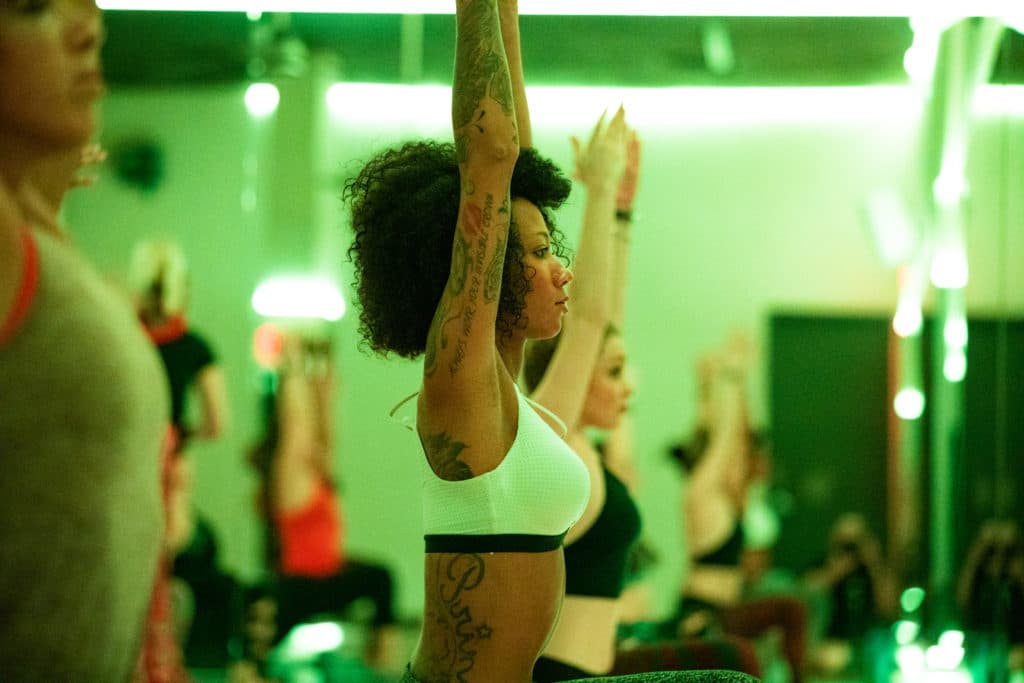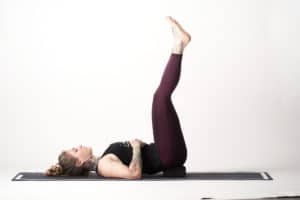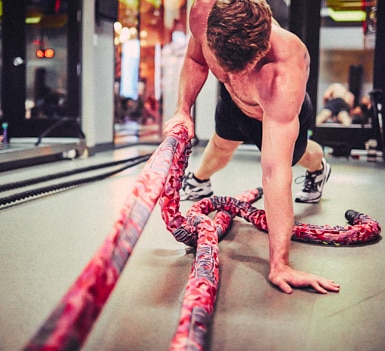Mankind has utilized yoga for centuries to create a deeper physical and spiritual connection to our bodies. Yoga has an endless amount of benefits. One of its greatest powers is its ability to heal residue in the body from past trauma.
Unresolved issues, experiences, or thoughts can manifest themselves as migraines, pinched nerves, a heavy heart, and more. When left unresolved, they can lead to a variety of serious physical disorders. The focus of trauma yoga is not to reopen emotional wounds, but to create a safe space that heightens bodily awareness through energy and movement.
By raising this understanding of our vessels, we can improve our relationships with our bodies, becoming the driver rather than the passenger. This connection creates a deeper sense of belonging and strengthens the union of our mind, body, and soul.
Fuse together this TruFusion-approved sequence to help you destress when you need it the most.
1. Child’s Pose
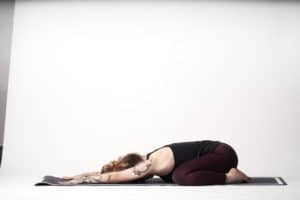
Healing is a personal process that should never be forced; it’s important to open up slowly and meet yourself where you are. Child’s Pose fosters a sense of safety and security, calming the nervous system and helping alleviate stress and anxiety. This shape encourages strong, steady breathing while normalizing circulation throughout the body, allowing the mind to quiet.
2. Sphinx
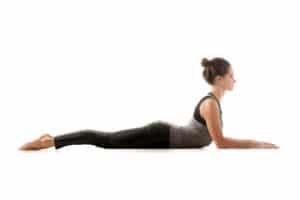
This gentle backbend stretches and opens the chest, things, and shoulders. By opening the heart center, you stimulate the fourth chakra, which is where we process, give and receive love. In keeping your belly down, you will stimulate the digestive organs and soothe the nervous system. This pose is known to alleviate depression and fatigue while helping to increase one’s sense of self-confidence.
3. Half-Pigeon
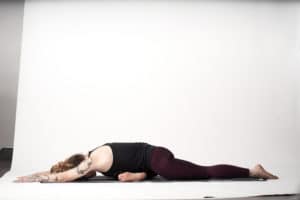
Hip opening poses are noted for their emotional benefits; the hips are where we primarily store our trauma, stress, fear, and anxiety. Half-pigeon (or Sleeping Swan) targets the liver, kidney, and gall bladder meridians. Flushing the liver releases anger, frustration, and resentment. When our liver is in balance, we have more kindness and compassion, not only for others but for ourselves.
4. Reclined Twist
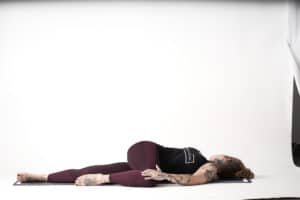
It is common for people with PTSD to experience their emotional distress manifest as physical issues, including stomach pains. Trauma can cause toxicity in our digestive system, associated with how we digest the events in our lives. This gentle twist helps soothe abdominal distress and detoxify the internal organs.
By bringing equilibrium to the nervous system, reclined twist promotes a sense of well-being and peace. Allowing fear to be released from the neck and shoulders while actively calming the mind.
5. Legs Up the Wall
The Sanskrit name of this pose, “Viparita Karani,” translates to “inverted action.” While that can be construed to mean “inverting the actions of the body that normally happen while sitting or standing,” it also means inverting the idea of the action itself.
This posture teaches us that results can come from doing less, not more. And that healing is not made to happen, but allowed to happen. Relaxing with legs up the wall lowers the heart rate, elicits relaxation, which lowers anxiety, stress, and alleviates insomnia. Here we practice the opposite of action: receptivity.
6. Savasana
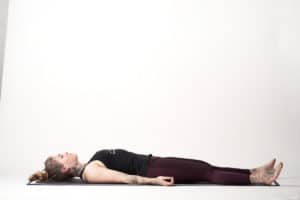
While savasana may be the easiest shape to make, it is considered to be one of the hardest positions to master. This is where the mind, body, and spirit become one.
The meditative state fostered here helps calm the active beta brainwaves in favor of the slower states of alpha and theta brain waves, which are linked to creativity. As you deepen into this pose, your muscular and skeletal tension relax, surface tension melts away, and an awareness of the internal workings of the body is promoted.
Savasana provides an opportunity to explore the girth of the limb of yoga, pratyahara. Pratyahara is withdrawing from the senses and gaining mastery over external influences, helping you to realize that you are in control of your own life experience.
